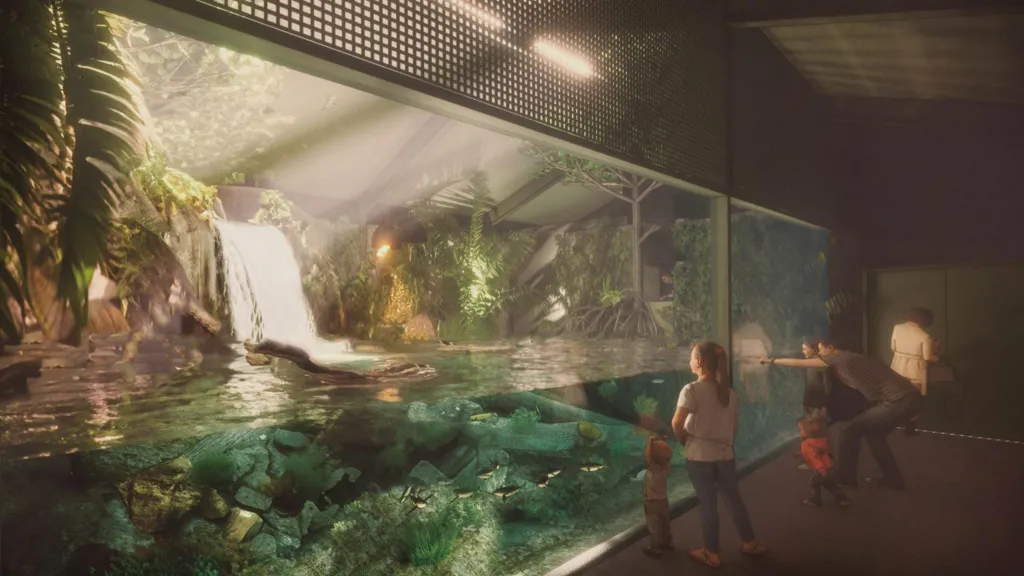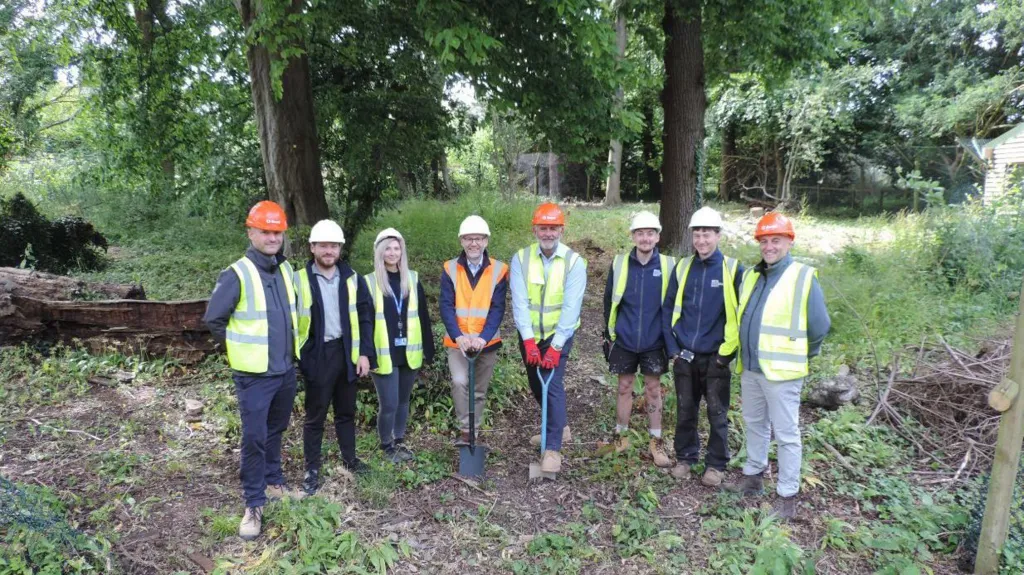Work has commenced on constructing a new habitat at Bristol Zoo Project, previously known as Wild Place Project, located in north Bristol and managed by the conservation charity Bristol Zoological Society (BZS). The upcoming Central African Forest enclosure aims to provide a home for several critically endangered species, including western lowland gorillas, cherry-crowned mangabeys, and slender-snouted crocodiles.
Justin Morris, CEO of Bristol Zoological Society, emphasized their ambitious plans for the future, marking the new enclosure as just the initial step in their conservation efforts.
The new Central African Forest is set to occupy a significant portion of the wooded area within Bristol Zoo Project’s expansive 136-acre site near J17 of the M5 motorway. Designed to replicate the dense forests and landscapes of Equatorial Guinea, where Bristol Zoological Society (BZS) conducts extensive conservation work, the project marks a major step forward in their efforts.

Recently, the first turf was cut for this ambitious habitat, which will welcome Bristol Zoo’s current troop of critically endangered western lowland gorillas next year. These gorillas are being relocated from the former Bristol Zoo Gardens site in Clifton, where they had resided since its closure in September 2023.
With a budget of £9.2 million, the Central African Forest initiative will unite critically endangered western lowland gorillas with endangered cherry-crowned mangabeys, a first for any UK zoo. Justin Morris, CEO of Bristol Zoological Society, expressed his enthusiasm, stating, “This is an incredibly exciting moment for us and a significant milestone in our vision to create a modern conservation zoo at Bristol Zoo Project.”

The project aims not only to provide a more natural habitat for the animals but also to raise crucial awareness about the threats faced by these species globally. Over the coming years, BZS plans to expand further by constructing a Central African Savannah habitat, which will house black rhinos and red-necked ostriches alongside the zoo’s existing giraffes, zebras, and cheetahs.
Additionally, a new campus is in the works to support conservation efforts, veterinary medicine, animal breeding, and educational facilities for over 600 higher education students annually.
